Introduction: The Pursuit of Pearly Whites
In a world where “a white façade can conceal three flaws,” the quest for whiter teeth is as common as the pursuit of radiant skin. Many individuals seek to achieve that enviable brightness, yet often find themselves ensnared in four prevalent myths surrounding teeth whitening. The following discourse aims to shed light on these misconceptions while providing expert insights.
The Allure of Whiteness: Why It’s Tricky
It’s no secret that many people struggle with the embarrassment of discolored teeth. To achieve whiteness, some succumb to the temptation of inexpensive, unverified products available on the market. These DIY remedies can cause significant damage to dental health, sometimes leading to increased sensitivity and enamel erosion due to harsh ingredients.
Our modern lifestyle further complicates the matter, as we indulge in a steady stream of tea, coffee, and sugary beverages. Statistics reveal that in Taiwan alone, approximately two billion cups of coffee and over a billion cups of bubble tea are consumed each year. The high pigment content found in these drinks accelerates the staining process. Additionally, habits like smoking and chewing betel nuts only exacerbate the issue. Even certain medications, such as tetracycline, can lead to unwanted discoloration.
Beware of Over-the-Counter Whitening Products
For those determined to pursue at-home whitening solutions, caution is paramount. Market options include whitening pens, gels, and strips, but consumers must scrutinize the ingredients. The concentration of agents such as carbamide peroxide or hydrogen peroxide should fall within approved limits to avoid negatively impacting dental health.
Dr. Hsieh Cheng-Ting, a cosmetic dentistry specialist from National Taiwan University Hospital, cautions that many people fall prey to misconceptions about what constitutes effective whitening.
Myth 1: The Celebrity Standard
Many individuals wonder why their teeth fail to dazzle like those of celebrities in advertisements. It’s important to understand that the natural composition of teeth, particularly the yellowish hue of dentin, means our teeth cannot achieve pure white shades.

Myth 2: The Obsession with Blinding White
The pursuit of an unrealistic shade of white can lead to disappointment. There are no universal standards for what constitutes “whiteness.” Each person’s dental color and health vary significantly, affecting the outcomes of any whitening attempts.
Myth 3: Regular Cleaning Equals Whitening
Another widespread misconception is equating regular dental cleanings with teeth whitening. While professional cleanings remove accumulated tartar and surface stains, they do not inherently whiten teeth. True whitening requires additional methods beyond just cleaning.
Myth 4: Whitening Harms Teeth
While it’s true that some whitening methods can be damaging if misused, the key lies in selecting approved products and using them correctly. Using ingredients recognized and endorsed by health authorities, paired with safe application techniques, ensures effective whitening without detrimental effects.
Guidelines for Choosing Safe Whitening Products
Navigating the myriad of whitening products available today can be daunting. Dr. Hsieh offers essential criteria for selecting safe and effective teeth whitening solutions:
- Examine the Ingredients: Look for gentle, non-irritating whitening agents like carbamide peroxide, approved by reputable health organizations such as the FDA.
- Opt for Custom-Fitting Trays: Products that include customized trays provide better coverage for whitening gels, effectively isolating saliva to enhance results at home.
- Verify Approval Labels: Choose brands that have been vetted and approved by health authorities to ensure consumer safety.
The Foundation of Dental Health: A Clean Slate
It’s crucial to recognize that dental hygiene lays the groundwork for successful whitening. The primary culprits of yellowing teeth are plaque and bacteria in the mouth. Establishing a consistent habit of brushing after meals is vital, as bacteria multiply rapidly post-consumption. Neglecting this can lead to severe discoloration.
For those eager to achieve a whiter smile, incorporating specialized toothpaste, such as whitening formulations, can significantly aid in the journey. Prioritizing oral hygiene is essential; healthy teeth provide the optimal canvas for effective whitening outcomes. Using whitening products without addressing underlying dental issues, like cavities, may exacerbate sensitivity and other complications.

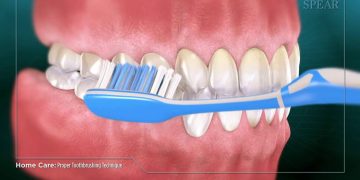
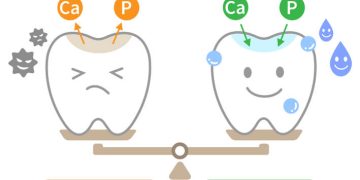
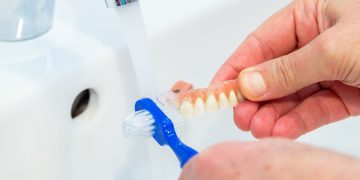




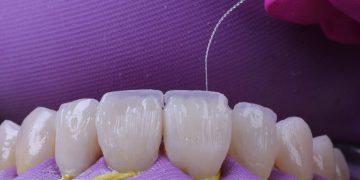
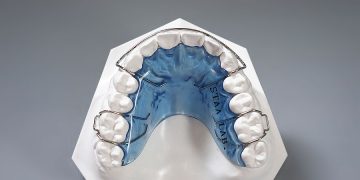

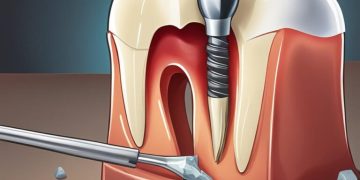
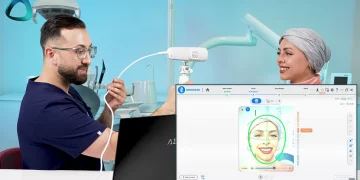
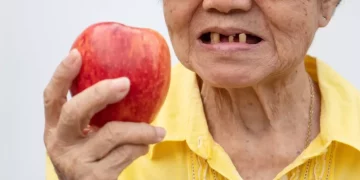

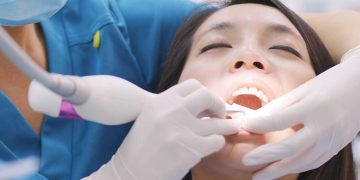

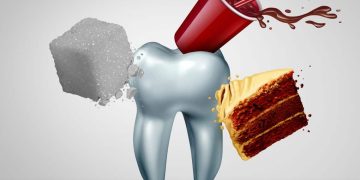







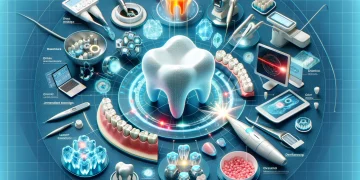





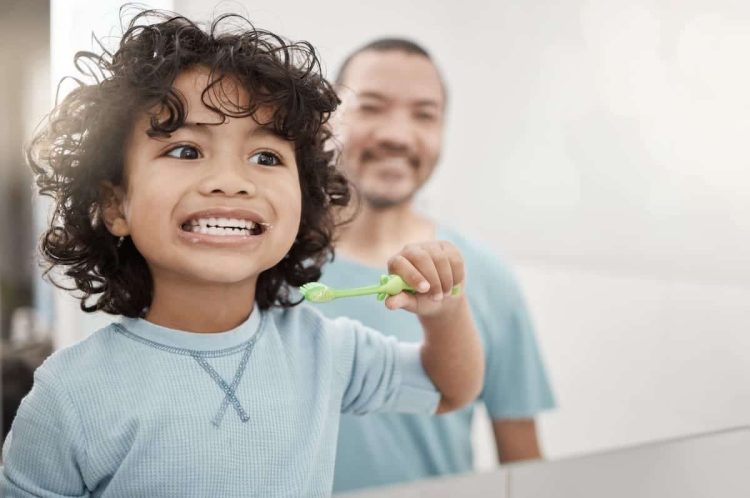













Discussion about this post